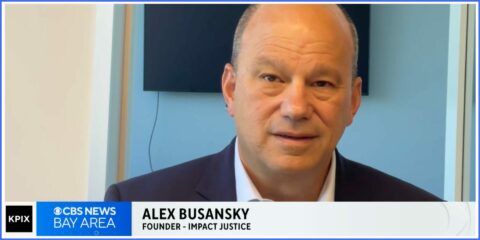“I mentioned my failure to find R. in a conversation with Cymone Fuller, co-director of the Restorative Justice Project at Impact Justice, which aids communities across the country in implementing restorative justice programs. Fuller acknowledged that because of the practice’s Indigenous origins, many of its techniques were designed for tight-knit communities in which everyone knew each other, rather than for incidents involving strangers, like R. and me. ‘Part of what is challenging about the application of restorative justice now is that we are also having to build community as we try to repair relationships,’ she said. In the contexts Fuller was describing, harm-doers might take part in restorative justice processes out of a sense of obligation to the people around them, or a fear of losing their place in their communities; the model available to me, on the other hand, relied on drivers like R. feeling a personal desire to atone.”
“How can they assess whether a driver is truly ready to take accountability when the person may be motivated by a desire to avoid fines or jail time? Then again, how many people would actually show up absent the threat of criminal consequences? ‘We worry about co-optation all the time,’ Fuller of Impact Justice told me.”
“In the process, Fuller argues, we can begin to build a society predicated on stronger bonds. ‘It’s a restorative experience in and of itself to be accountable when you’ve done something, to be able to say, ‘I’m sorry, I’ve done this, and I want to figure out what I can do to make things right,’’ she said. ‘It’s also a reminder that you’re a part of something bigger than yourself—you’re part of a community that wants to see you do better.'”



